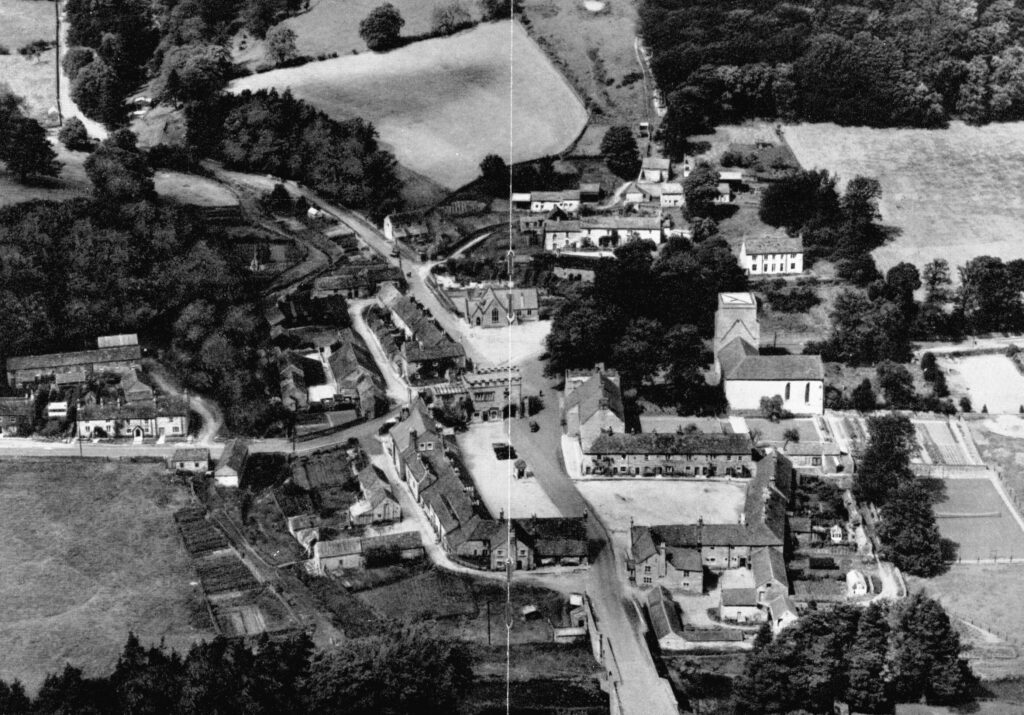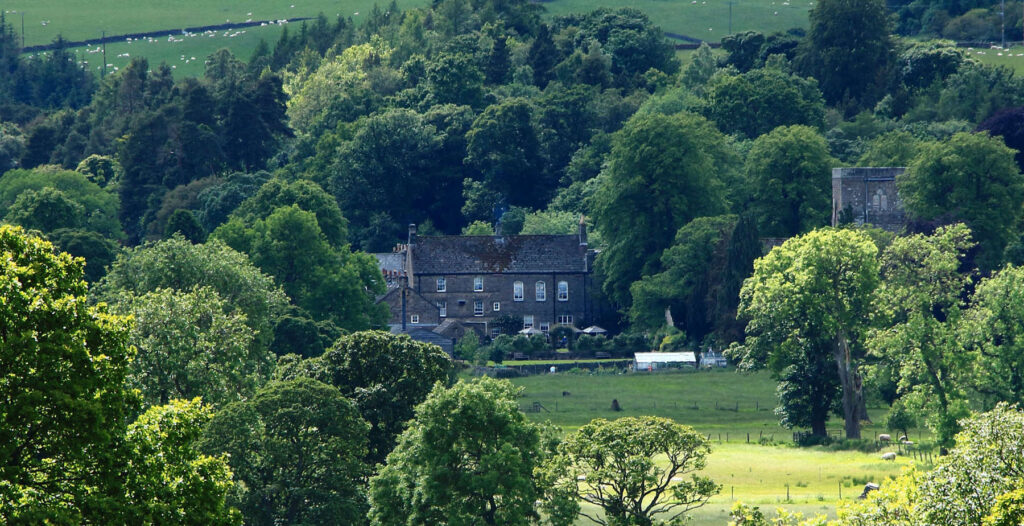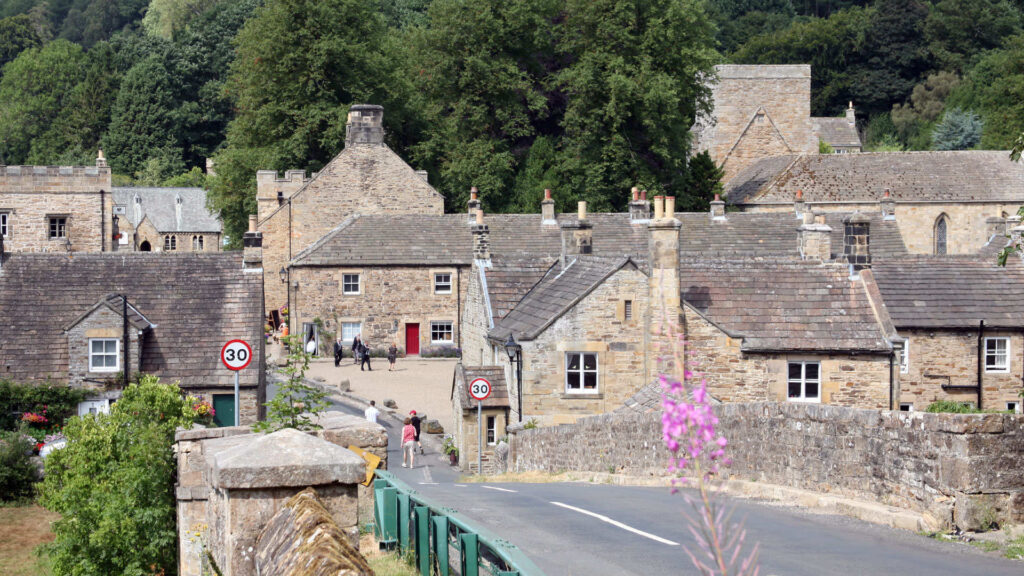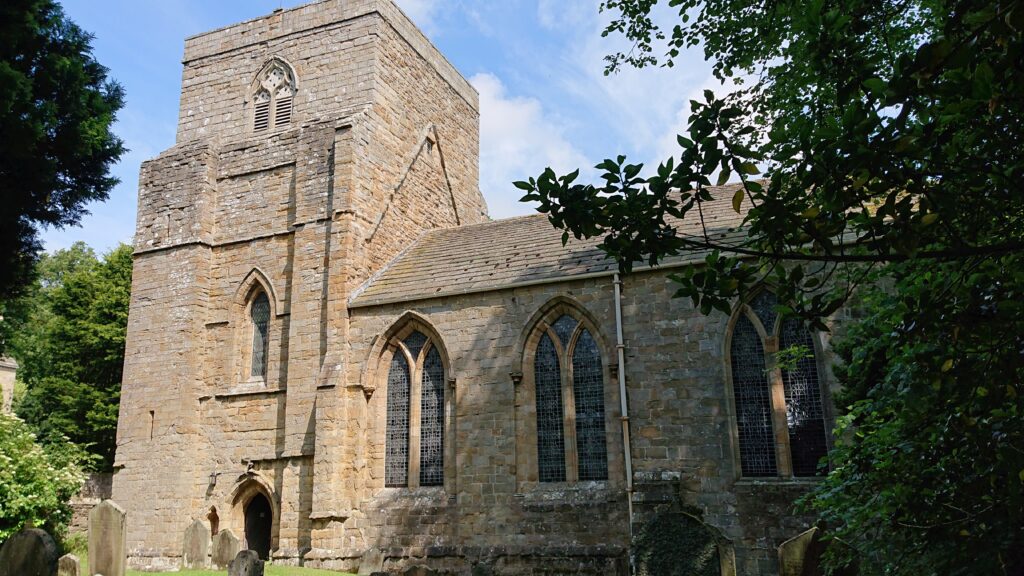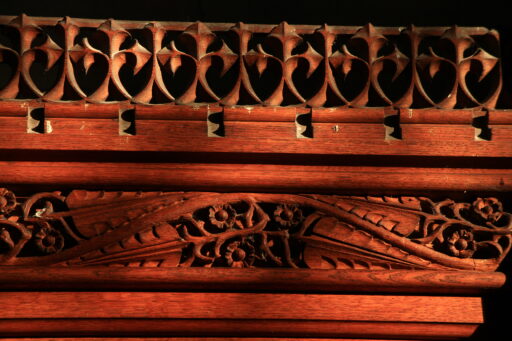Blanchland Abbey was founded in 1165, and the village has had a rich history since then, with battling Kings, powerful Prince Bishops, enigmatic ruins, John Wesley, and WH Auden.
The first records of Blanchland start with the Abbey, founded in 1165 as a monastery for a community of Premonstratensian canons, a religious order from Premontrée, North East France. The canons wore distinctive white habits, which may be the origin of the name ‘Blanche-land.’
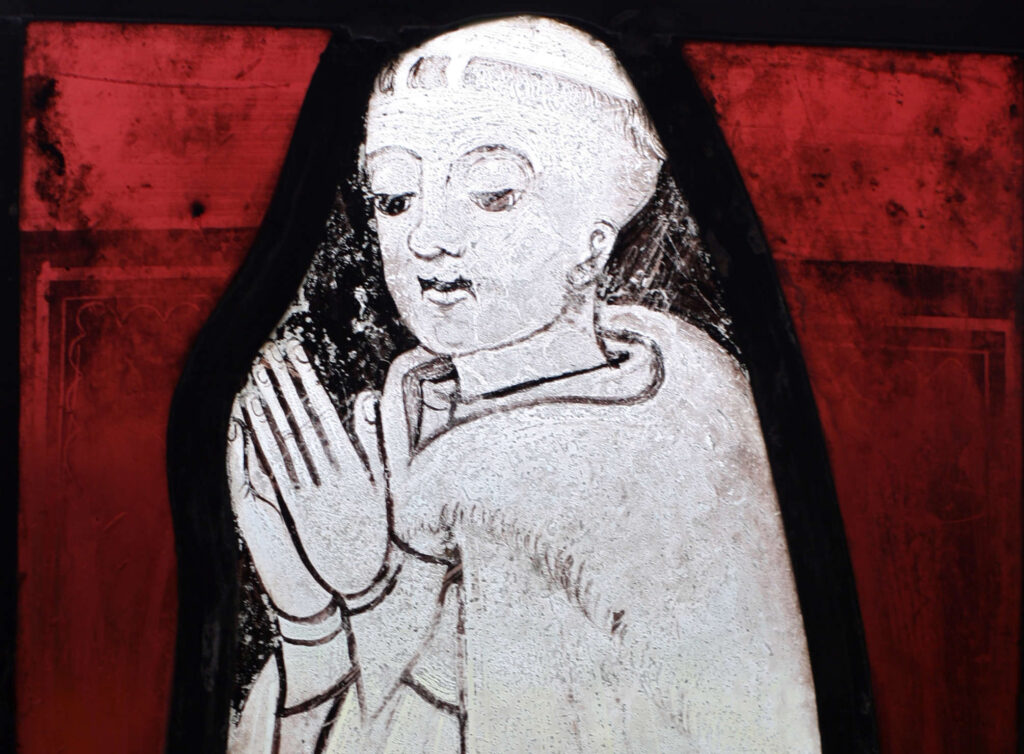
In 1327 King Edward III stayed at Blanchland during his campaign against the Scots, and the costs of hosting hundreds of hungry soldiers so impoverished the Abbey that they were poor for centuries, with their numbers declining to just 8 canons in the late 15th century. Not enough to run such a large estate.
In 1539, Henry VIII’s agents dissolved the monastery. The nave of the great church was pulled down – or later collapsed – but many of the other monastic buildings survived, and people continued to live in the village. The Abbot’s lodging became a manor house while the Gatehouse and a collection of cottages, formed from the outer court of the monastery, created a village square.
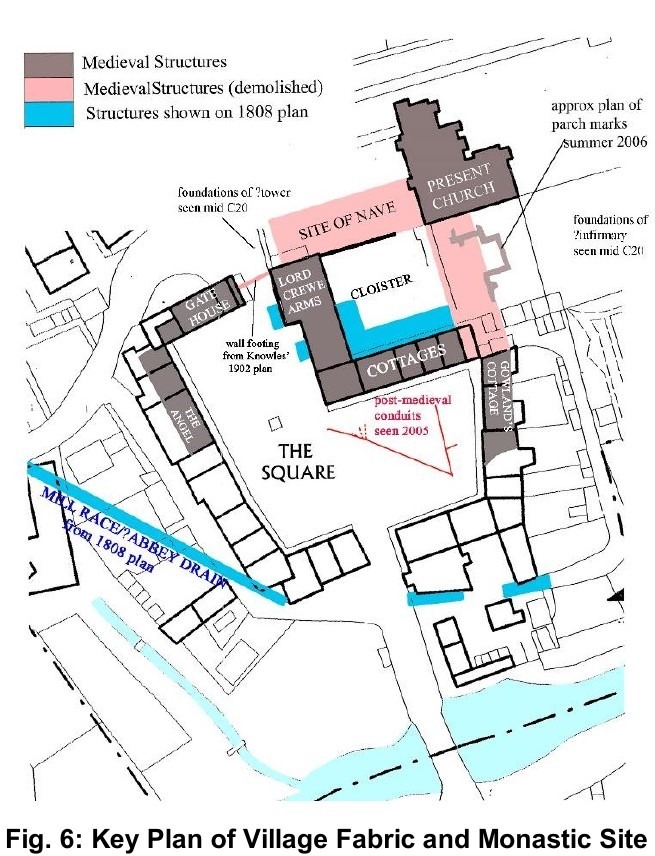
In 1704, the Blanchland estate was purchased by Lord Crewe, the then Bishop of Durham. On his death in 1721, Blanchland was left to The Lord Crewe Charity Trustees. However, when John Wesley, the famous Methodist preacher, visited in 1747, it’s clear that the village and its once grand Abbey were in a sorry state, with the dilapidated buildings the home of lead miners and their families:
Fortunately for Blanchland, not long after this, the Lord Crewe Trustees rebuilt the houses and restored part of the monastic church. With such housing improvements for the lead mining community, Blanchland is in fact an 18th century ‘model’ village, built on the plan and out of the remains of a medieval Abbey. The Lord Crewe’s Charity still owns and manages the Blanchland estate which comprises 11 Scheduled Ancient Monuments and 46 listed buildings.
By this time, the lead industry was in full swing, and the miners working at Shildon just above the village joining in a raucous two day celebration in 1839, ‘riding the bounds‘ of the parish.
In 1930 WH Auden stayed at the Lord Crewe Arms in 1930, swimming in the river and exploring the mine workings, perhaps inspiring his 1935 play The Dog Beneath the Skin. In 1954 he reminisced
Remarkable record of the village was made in 1969 by a student architect charged with a vacation project, with the brief to “…observe, record and infer relevant information about the physical and social patterns of a place of your own choice.” He chose Blanchland, capturing the village in the year it got flush netties and the first man walked on the moon.
Dr Andrew Newton has authored A History of the Origins and Development of Blanchland Abbey from archival sources, which can be read in chapter 2 of this report.


